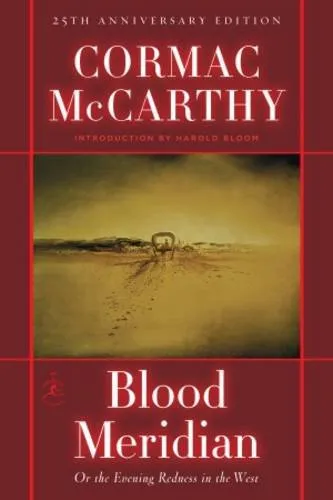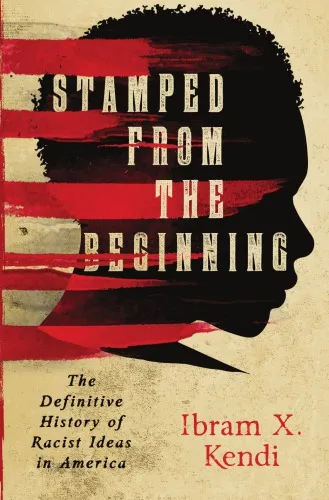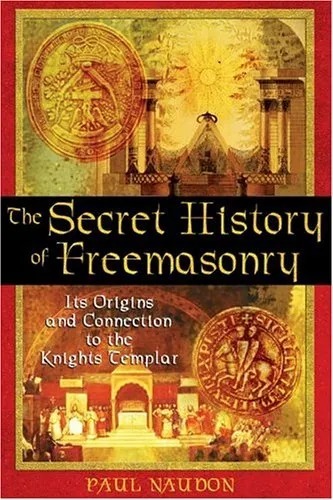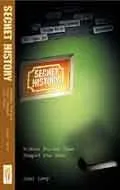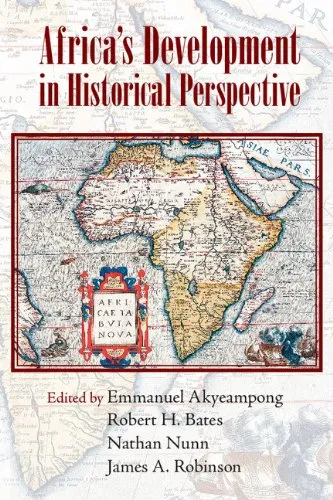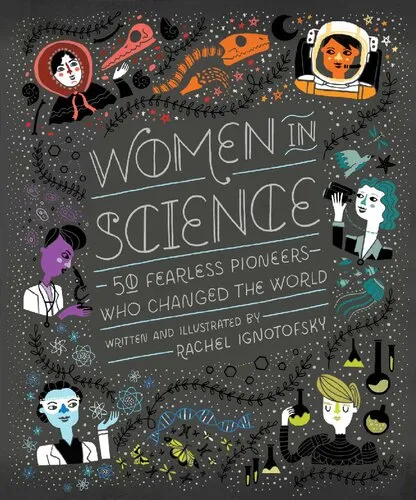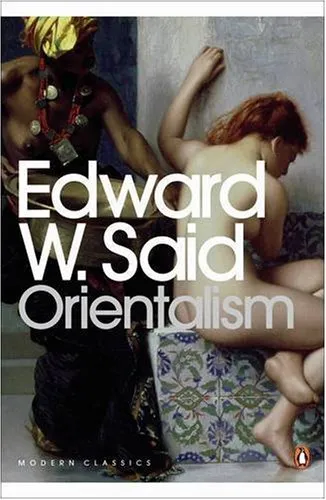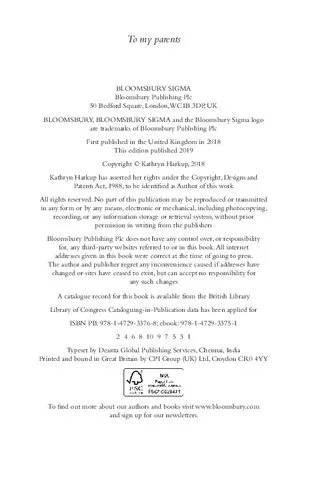Savages and Beasts: The Birth of the Modern Zoo
4.0
Reviews from our users

You Can Ask your questions from this book's AI after Login
Each download or ask from book AI costs 2 points. To earn more free points, please visit the Points Guide Page and complete some valuable actions.Related Refrences:
The Birth of Modern Zoos: An Introduction to "Savages and Beasts"
Welcome to an exploration of the fascinating history of zoos as presented in "Savages and Beasts: The Birth of the Modern Zoo" by Nigel Rothfels. This book, a significant contribution to the study of zoological gardens, elucidates the moments when humanity's curiosity, scientific endeavor, and moral complexities intersected to create spaces where exotic animals became both spectators and spectacles.
Detailed Summary of the Book
In "Savages and Beasts," Rothfels meticulously traces the evolution of the zoological garden, from its inception in the 19th century to its development into a global phenomenon that represents modernity's curiosity about the natural world. The book dissects how zoos transitioned from menageries, purely entertainment venues, into institutions that purported educational and scientific aims.
Rothfels delves into the historical context of the first modern zoos in Europe, emphasizing the pivotal role of scientific discovery and colonial expansion during this era. He highlights how zoos served as a microcosm for exploring the relationships between humans and non-human animals, focusing on the roles of power, dominance, and ethics. The narrative is replete with intriguing stories of early zoologists, animal collectors, and the political and social shifts that shaped public perceptions of these institutions.
Key Takeaways
- The evolution of zoos reflects broader social, political, and scientific developments of their times.
- Zoos have historically been spaces of conflict between the natural world's presentation and humanity's inherent biases and moral dilemmas.
- The shift from entertainment-focused menageries to educational and conservational institutions marks a significant transformation in human-animal relationships.
- Zoo architecture and animal display methodologies offer critical insights into mankind's cultural attitudes toward wildlife.
Famous Quotes from the Book
"The zoo is a mirror of human society, reflecting our ambitions, follies, and ethical quandaries when it comes to other living beings."
"In the caged eyes of an animal, one might see not just the wildness we seek to tame but the civilization we aspire to be."
"Zoos emerged at the crossroads of enlightenment and conquest, embodying both scientific curiosity and the imperial impulse to control."
Why This Book Matters
"Savages and Beasts" stands as a pivotal work in the fields of animal studies, museum studies, and the history of science. It brings forth a nuanced understanding of an institution that has been both revered and reviled. Rothfels' work is crucial for understanding the sociocultural dynamics and ethical considerations intrinsic to the evolution of zoological parks. By exploring the deep-seated narratives embedded in the design and operation of zoos, the book encourages readers to reflect on broader questions about biodiversity conservation, environmental ethics, and our responsibility towards other species.
This book is not just for historians or zoo enthusiasts; it is for anyone interested in the intricate tapestries of human history, animal rights, and ethical considerations of captive wildlife. Its scholarly yet accessible prose makes it a valuable text for education and reflection, inspiring further discourse on what our treatment of zoos says about us as a society.
Free Direct Download
You Can Download this book after Login
Accessing books through legal platforms and public libraries not only supports the rights of authors and publishers but also contributes to the sustainability of reading culture. Before downloading, please take a moment to consider these options.
Find this book on other platforms:
WorldCat helps you find books in libraries worldwide.
See ratings, reviews, and discussions on Goodreads.
Find and buy rare or used books on AbeBooks.
1401
بازدید4.0
امتیاز0
نظر98%
رضایتReviews:
4.0
Based on 0 users review
Questions & Answers
Ask questions about this book or help others by answering
No questions yet. Be the first to ask!

